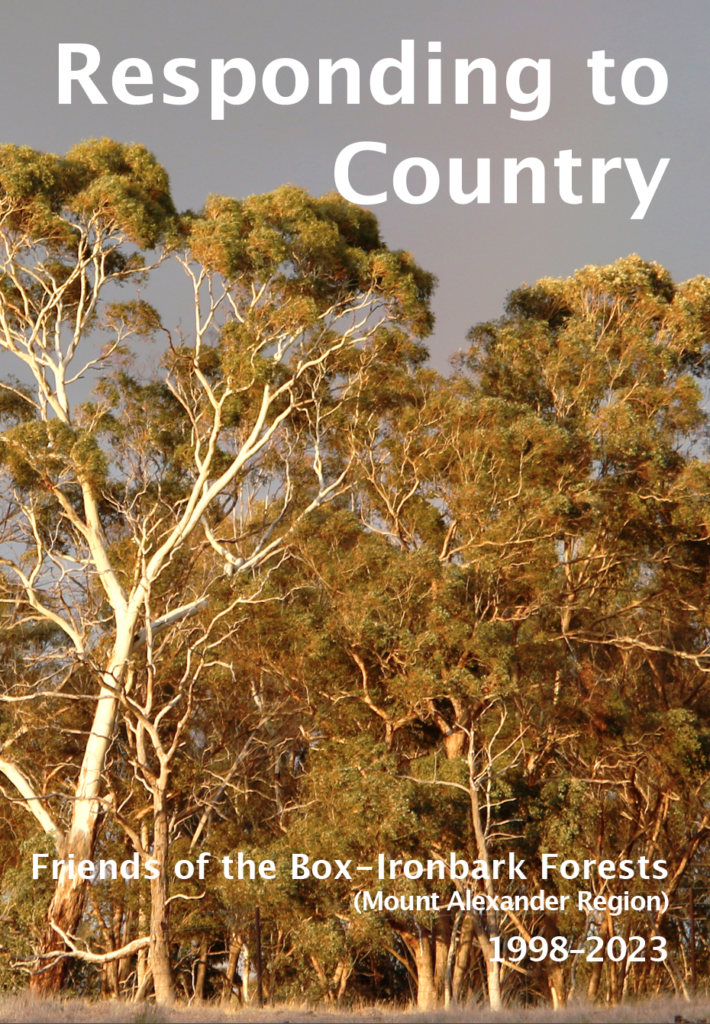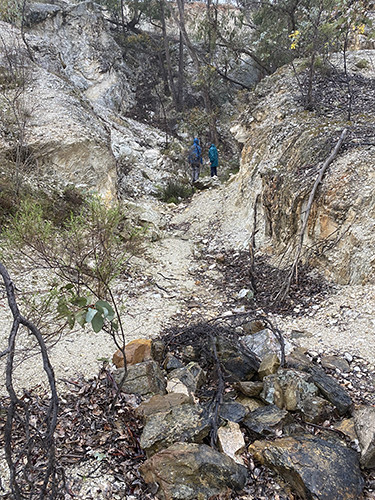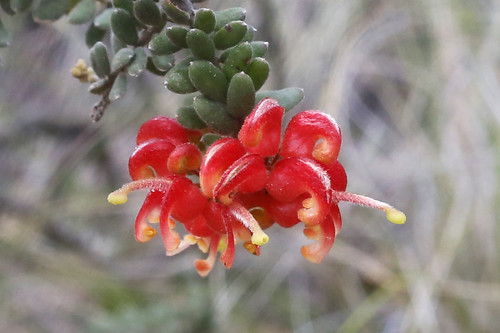Work is due to start on constructing Strategic Fuel Breaks in this region by February, with priority areas being along the Vaughan-Fryerstown road, Forest Creek and Walmer State forest (see maps in our posts here and here). The Forest Creek breaks will be created via removal of flammable weeds.
FOBIF, Landcare and the Castlemaine Field Naturalists have been in discussion with DELWP about ways of achieving the safety aims of these breaks without inflicting serious damage on the bush. This concern applies particularly to Walmer SF, and in the medium term to Fryers Ridge (proposed for 2022-3).
FOBIF is currently arguing for some moderate tree thinning along roadsides as an alternative to flattening 40 metre wide swathes through high biodiversity areas. As in practically everything to do with land management, the devil is in the detail: it has emerged late in these discussions that the major fire hazard in parts of our bush is not the understorey, but the predominance of Red Stringybarks. In fire conditions the loose bark on these trees can carry flame to the tree canopy, and can spot fire significant distances. We have proposed that removal of numbers of them from track sides would be as effective as understorey mulching, and less damaging to biodiversity.
A continuing question for FOBIF through these discussions is the relationship between the fuel breaks project and the fuel reduction program. An example: it is proposed to put a fuel break along Youngmans Track in the Walmer forest. Yet almost the entire length of this track is on the burn program for next year, and this entire forest has been severely burned over the last 15 years. Is the proposed break an admission that fuel reduction doesn’t work?
Meanwhile, funding has been provided for scientists from the Arthur Rylah Institute to investigate threatened species in the Walmer, Fryers Ridge, Porcupine Ridge and Muckleford areas. All of these have been nominated for fuel breaks over the next couple of years. These investigations are welcome, but we are concerned that focus on threatened species could lead to complacency about the condition of the bush generally. Threatened species are not living in islands independent of any context.
Discussions are continuing.

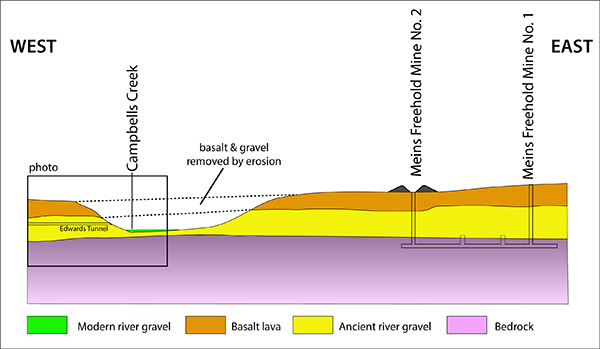

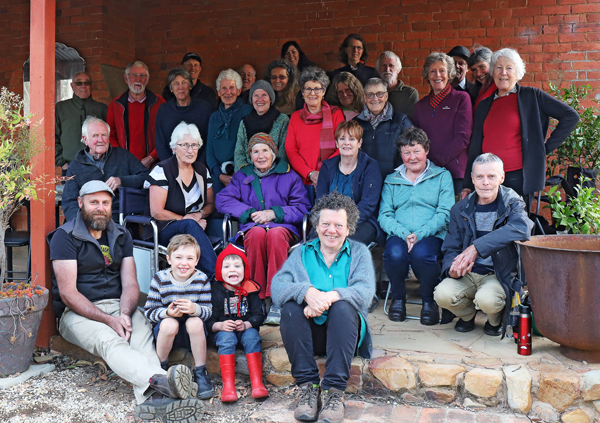
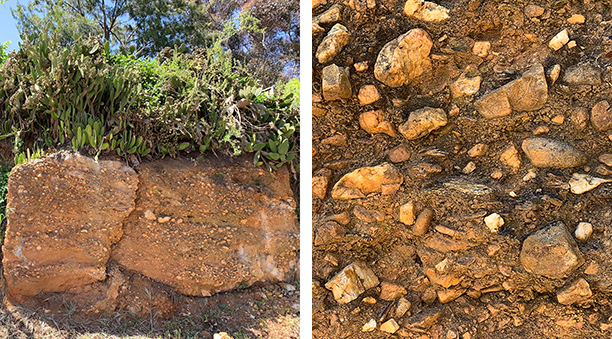
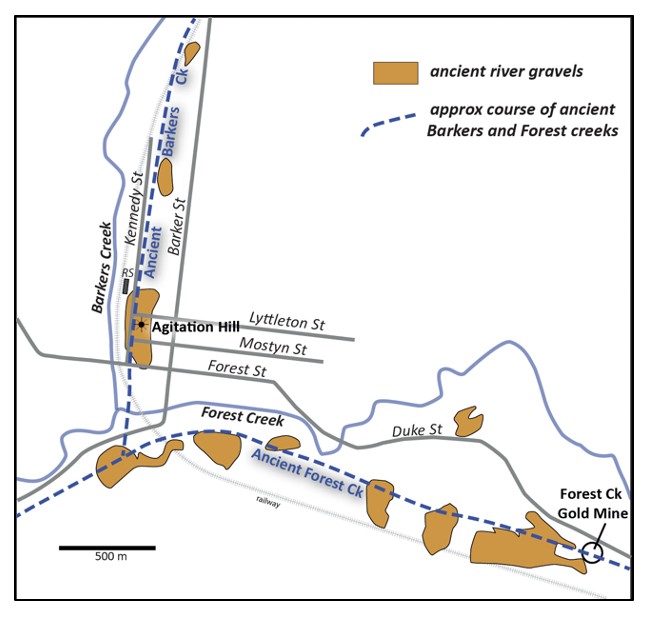 This is the first post in our geology series written by Clive Willman.
This is the first post in our geology series written by Clive Willman. 
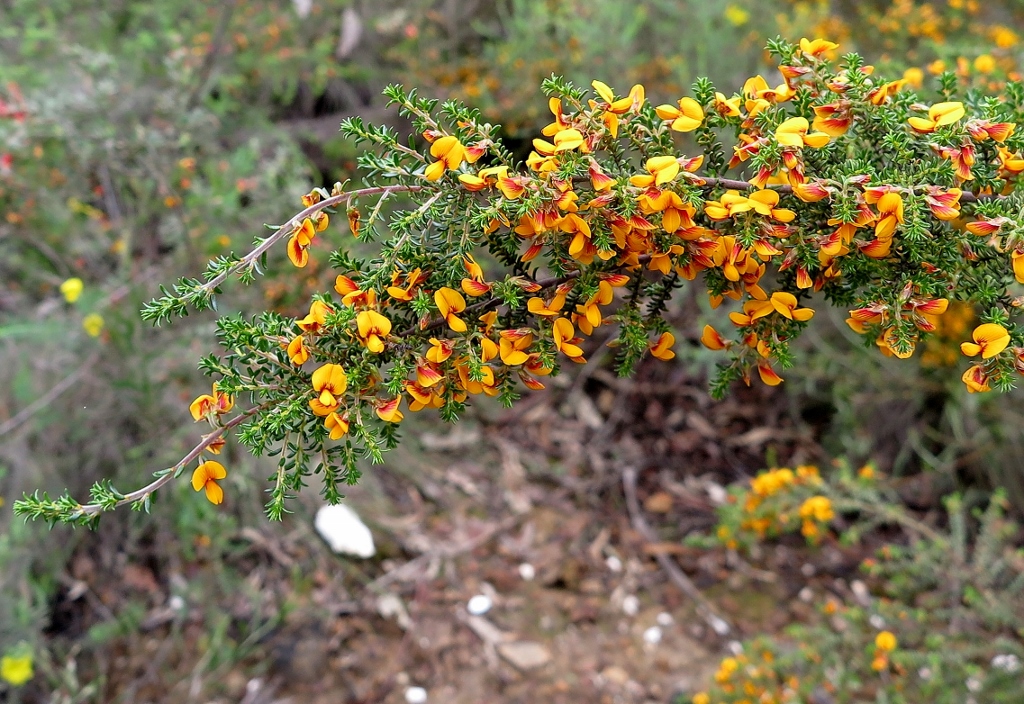
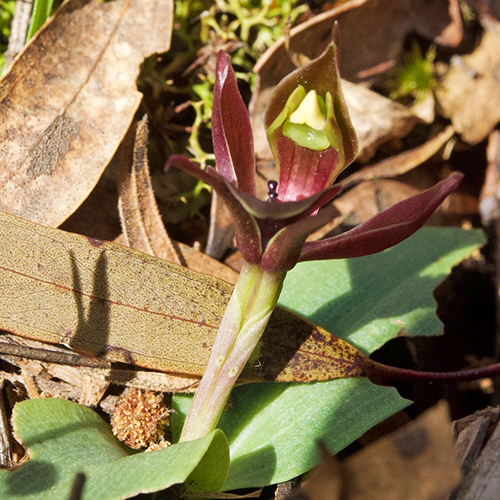
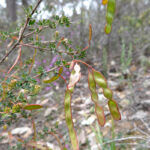

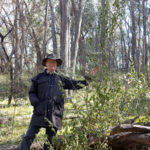
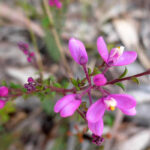
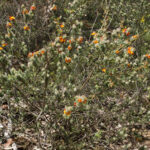
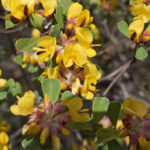
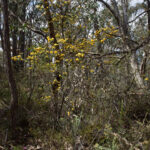
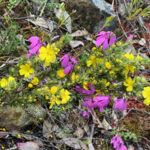
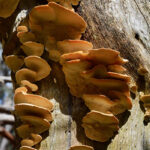
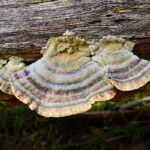
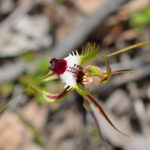
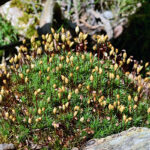
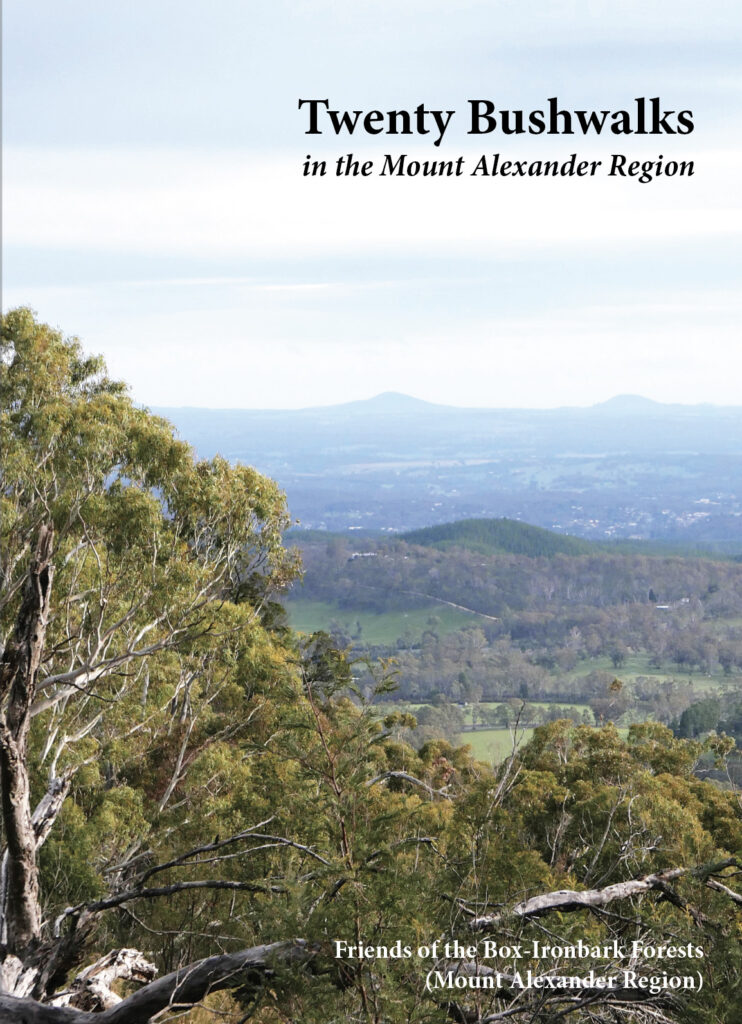
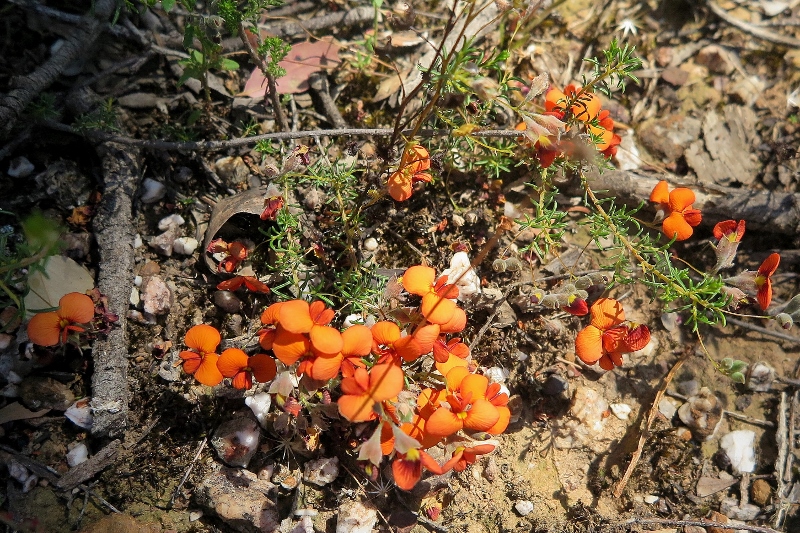

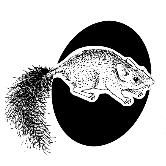
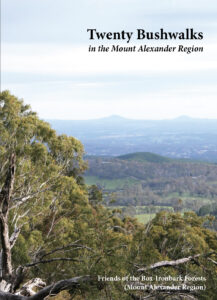
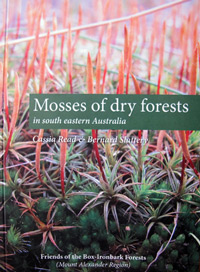 Click on image for info/order page
Click on image for info/order page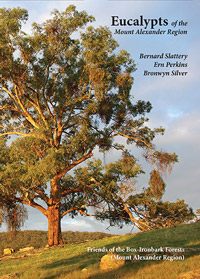 Click on image for info/order page
Click on image for info/order page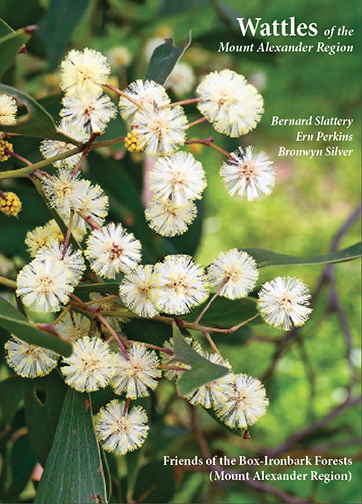 Click on image for info/order page
Click on image for info/order page
